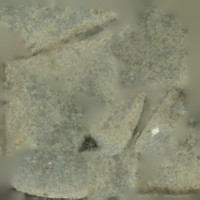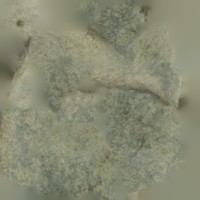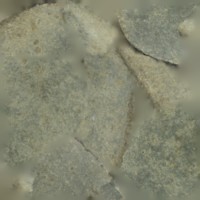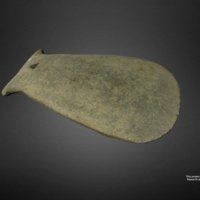Stone Scraper
Dublin Core
Title
Stone Scraper
Subject
CULTURAL HERITAGE
Description
Scrapers made from a variety of materials were popular tools for Amerindian communities. Scrapers are typically formed by chipping the end of a flake of stone in order to create one sharp side and to keep the rest of the sides dull to facilitate grasping it. Most scrapers are either circle or blade-like in shape. The working edges of scrapers tend to be convex, and many have trimmed and dulled lateral edges to facilitate hafting.
In Barbados, as the island is made of limestone and not volcanic rock, scrapers were usually made of conch shell. So it is likely that this stone scraper originated from another Caribbean country.
Digitized by Toni-Q Harris during the 2018 BMHS 3D Photogrammetry Summer Intensive
Format
text/plain Alias/WaveFront Object
Type
3D Object
Spatial Coverage
current,13.0833626,-59.6023586;
Europeana
Europeana Data Provider
Barbados Museum and Historical Society
Object
https://sketchfab.com/models/1dae915e2d17404cbf85ff25149246b8/embed
Europeana Type
3D
3D Object Item Type Metadata
Wiki
https://eu-lac.org/vmwiki/index.php/Stone_Scraper
DescriptionEN
Scrapers made from a variety of materials were popular tools for Amerindian communities. Scrapers are typically formed by chipping the end of a flake of stone in order to create one sharp side and to keep the rest of the sides dull to facilitate grasping it. Most scrapers are either circle or blade-like in shape. The working edges of scrapers tend to be convex, and many have trimmed and dulled lateral edges to facilitate hafting.
In Barbados, as the island is made of limestone and not volcanic rock, scrapers were usually made of conch shell. So it is likely that this stone scraper originated from another Caribbean country.
Digitized by Toni-Q Harris during the 2018 BMHS 3D Photogrammetry Summer Intensive
Files
Citation
“Stone Scraper,” EU-LAC, accessed January 2, 2026, https://eu-lac.org/omeka/items/show/478.
Embed
Copy the code below into your web page





